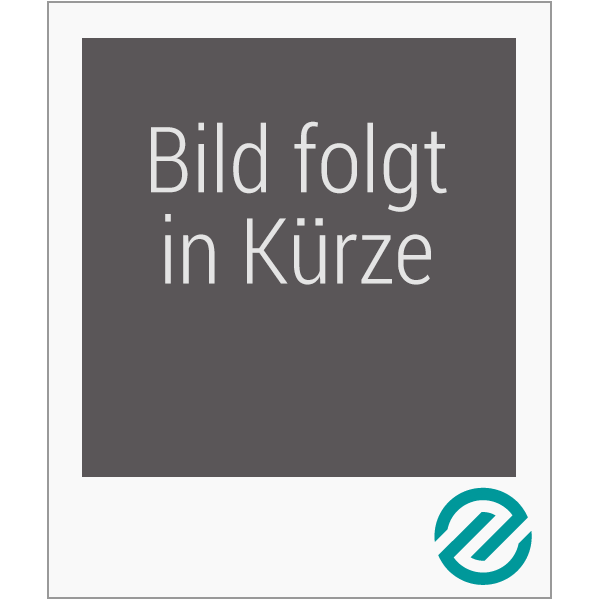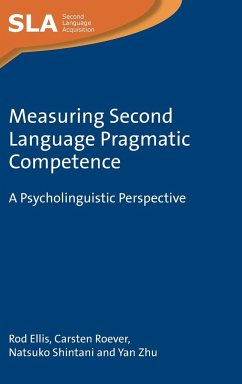
Plain Language
A Psycholinguistic Approach
Versandkostenfrei!
Versandfertig in 1-2 Wochen
169,99 €
inkl. MwSt.
Weitere Ausgaben:

PAYBACK Punkte
85 °P sammeln!
Plain Language: A Psycholinguistic Approach employs principles from the field of psycholinguistics to explore factors that make a sentence or text easy or difficult to process by the cognitive mechanisms that support language processing, and describes how levels of difficulty might function within bureaucratic power structures.














